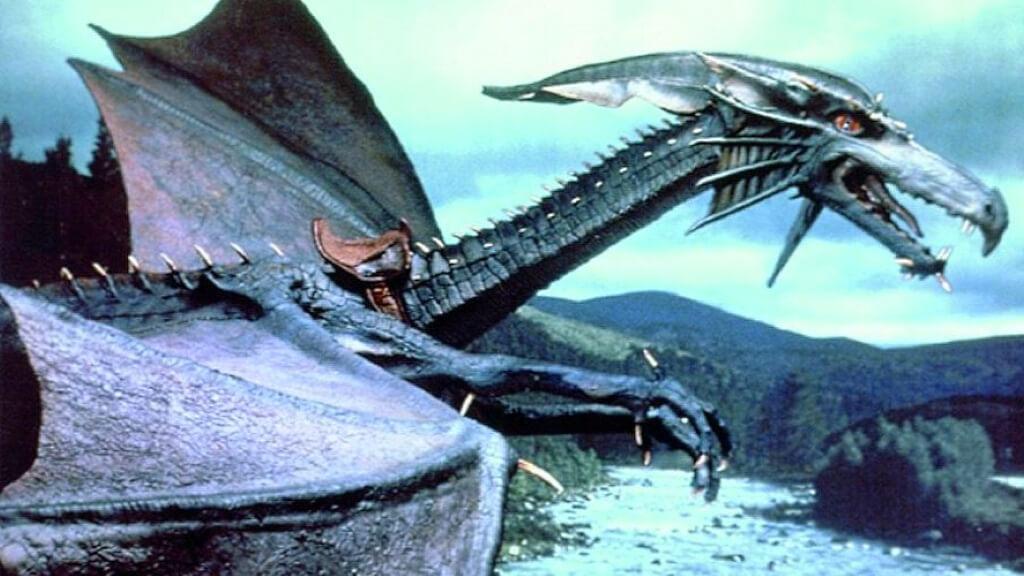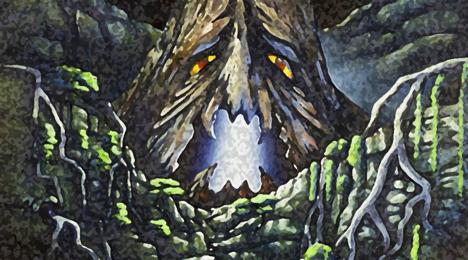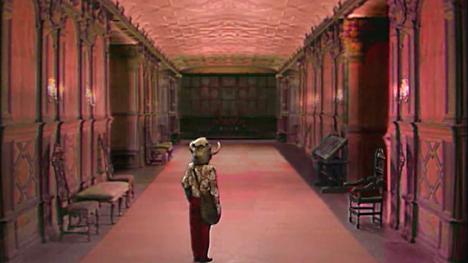This year sees the fifth series of Knightmare - the first to have a real live Dragon playing a major part in the storyline. By Mark Wells.
Smirkenorff is his name (Smirky to his few friends, among them Elita, the cheeky Elf). Most of the time he appears on the side of the Powers That Be, co-operating with them in helping Dungeoneers traverse the bewildering lands surrounding Knightmare Castle.
But it wouldn't do to take Smirkenorff for granted. He's a huge and powerful creature - almost thirty metres from wing tip to wing tip, with powerful jaws, vicious teeth and sharp talons.
Like all Dragons, he can fly for days on end with no need for rest, swooping over magical oceans, soaring over snow-capped mountains, searching through strange kingdoms, bent always on some mysterious purpose known only to himself.

Nevertheless, as with almost all the inhabitants of Knightmare-land, there's a way to win Smirky over. Just how is for Dungeoneers and their advisers to discover.
Suffice to say: Dragons usually take more than a passing interest in precious metals. And when it comes to Dragon-sized snacks, a large pot of honey can often prove very popular!
Dragonbirth
It's no secret that Knightmare relies on magic to create its exciting images and adventures: the magic of Television!
The Knightmare Dragon - Smirkenorff - is in real life a huge and very realistic puppet. It's about three metres long, with a wing span even larger. Its body has a fully jointed steel "skeleton", covered by a moulded rubber skin.
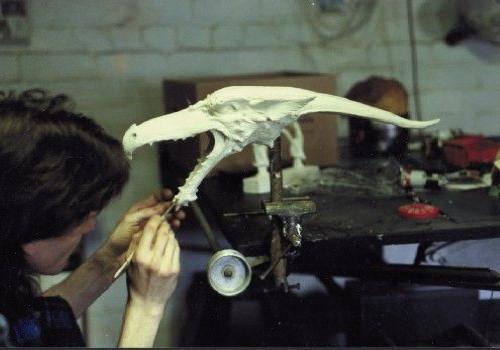
The whole puppet is controlled by rods. It is designed so that every limb can be made to move. Smirky can open his mouth, flap his wings, wiggle his hips and flex his talons - every movement is controlled by a different series of rods.
The puppet was built by Talismen, a specialist company from Wales who make models and puppets for many different television programmes. They have also made puppets for "Spitting Image".
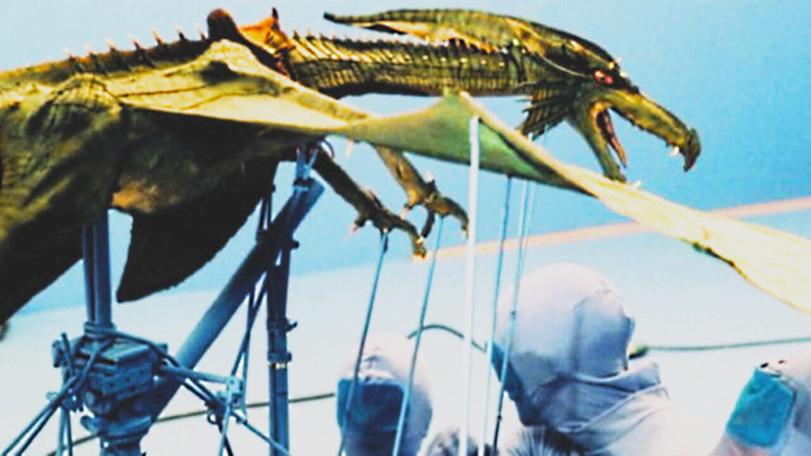
A team from Talismen came to Norwich to operate Smirky in our studio. The part of the studio used was painted blue - a colour which can later be replaced by other pictures. To make sure they didn't appear in the pictures, the Talismen team had to wear special blue overalls - even blue face masks - exactly matching the colour of the TV studio itself.
Dragonsnap
In the Middle Ages, Dragons used to appear in street processions and fairs.
They were called Snapdragons and were brightly painted costumes with opening mouths. The person inside used to grab the hats off the heads of the crowd as the procession passed along the streets.
One of the old Snapdragons is still preserved in the Castle Museum at Norwich. Every year, a modern Snapdragon takes part in Norwich's Lord Mayor's procession - and it still tries to steal from people watching in the crowd.
Dragonflight
In Knightmare, Smirkenorff is seen flying over mountains, castles, cliffs and beaches. He takes off from rocky craggs - and lands in castle courtyards or mediaeval village squares.
On screen it all looks like magic, as if Smirky is really flying above the the landscape. That part of the programme is all down, once more, to the magic of television.
But to get the pictures for the flight sequences, a member of the Knightmare team spent two exciting days in a helicopter, flying over southern England and Wales.
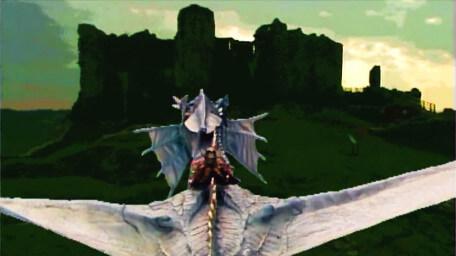
The helicopter, owned by a specialist aerial filming company called Helifilms, was fitted with a video camera and recorder. It visited many different castles, as well as the site of the ancient village. (There will be an article telling you more about these places in the next edition of TQ).
Pictures shot from the helicopter were combined with pictures of Smirky shot in the studio: the result - a thrilling Dragonflight, and a free ride for a Dungeoneer!
Dragonbutt
According to legend, a Dragon's skin is so thick and tough it's almost impossible to hurt one. But people used to believe there was one place where the skin wasn't so thick; that's why old paintings often portray Knights in armour kicking Dragon's bottoms!
We don't advise any Dungeoneer to try that with Smirky!
Dragonmap
Hundreds of years ago, when the first maps were being drawn, large parts of the world were still completely unexplored.
When they came to the unexplored parts, the people drawing up the maps didn't know what to put. So very often, they wrote in:
"Here be Dragons"
It was a way of pretending they knew more than they really did - and if the people using the map thought somewhere was full of Dragons, they weren't likely to go there to find out, were they?
Dragonlore
Legends about Dragons are almost as old as time itself. Some people even think Dragons have passed down in story-telling from the time of the Dinosaurs: a sort of distant memory of the days when creatures immensely larger and more powerful than men ruled the earth.
The ancient Greeks believed in Dragons. Their old word "drakon" means "to see", or "to look at" - and in Greek legend Dragons were usually watchers, keeping guard over something or somebody important.
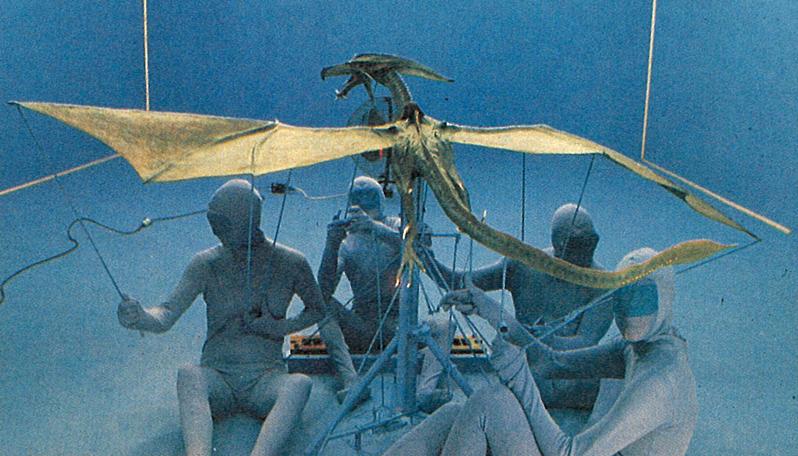
The early Christians associated Dragons with evil - possibly because they associated them with the pagan myths and legends of the Greeks and other civilisations which had gone before. That's why early Christian legends talk of Dragons being slain by Saints. The Patron Saint of England, St. George, is known for having killed a Dragon.
Uther Pendragon - father of the legendary King Arthur saw a vision of a flaming Dragon flying through the sky. His soothsayers interpreted it as meaning he would inherit the kingdom. Out of gratitude, he had two gold Dragons made. One of them he always carried into battle.
Later on, Dragons came to symbolize power and leadership. King Harold had one on his banner at the Battle of Hastings - it's shown on the famous Bayeux Tapestry which commemorates the victory of the Normans over England's last Saxon King.
The Chinese have always regarded Dragons as very important. The Imperial Throne of China was even known as The Dragon Throne. For the Chinese, the Dragon is the symbol of Good Fortune.
The ancient Chinese thought Dragons were the intermediary between heaven and earth: they believed Dragons represented the power of the universe, revealing itself through nature on Earth. But even though Chinese Dragons could certainly fly - they were never shown as having wings like their Western cousins!
Dragon Researcher: Liz Kennedy
DownloadFull issue 1 (2.56MB)
